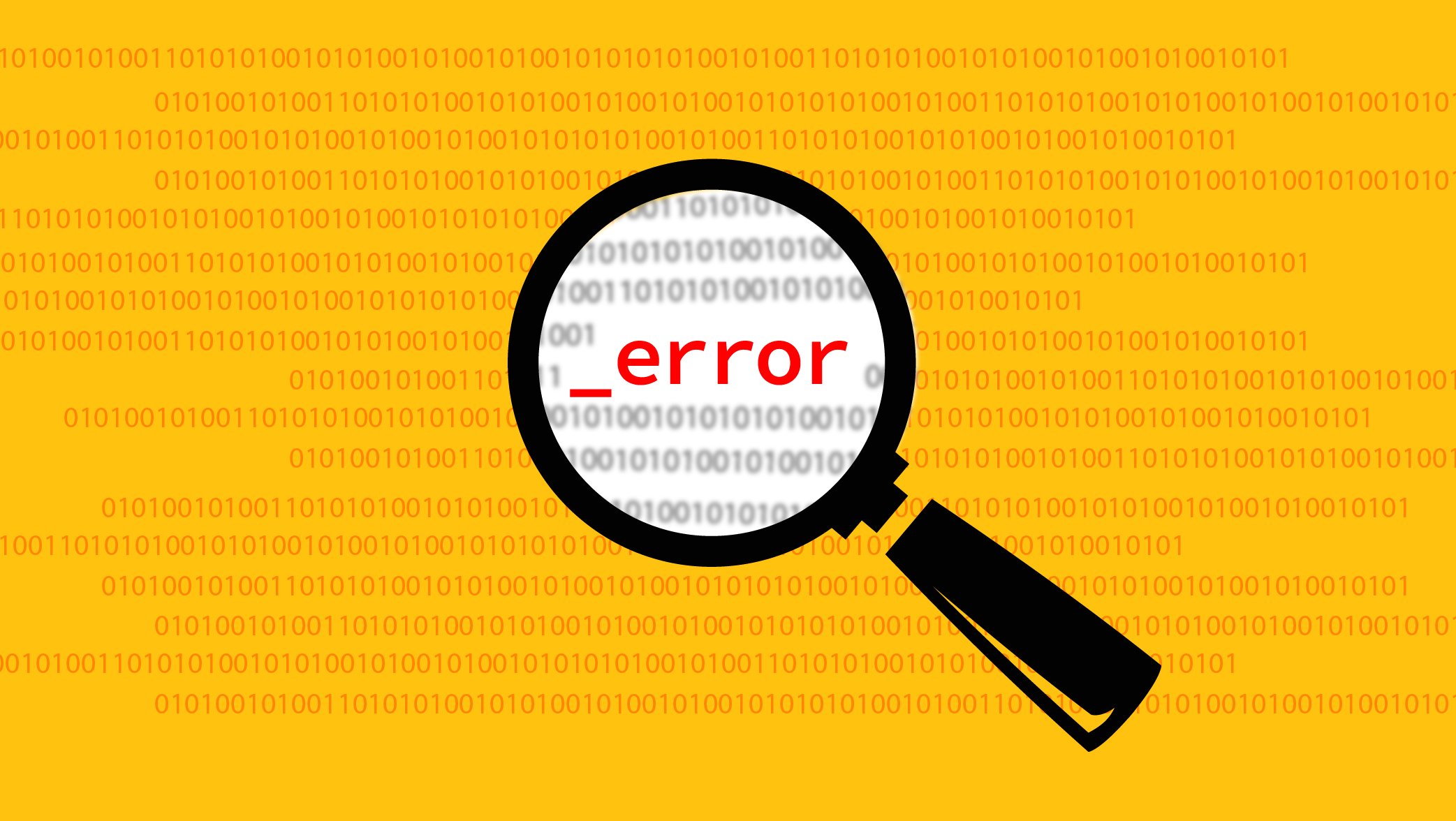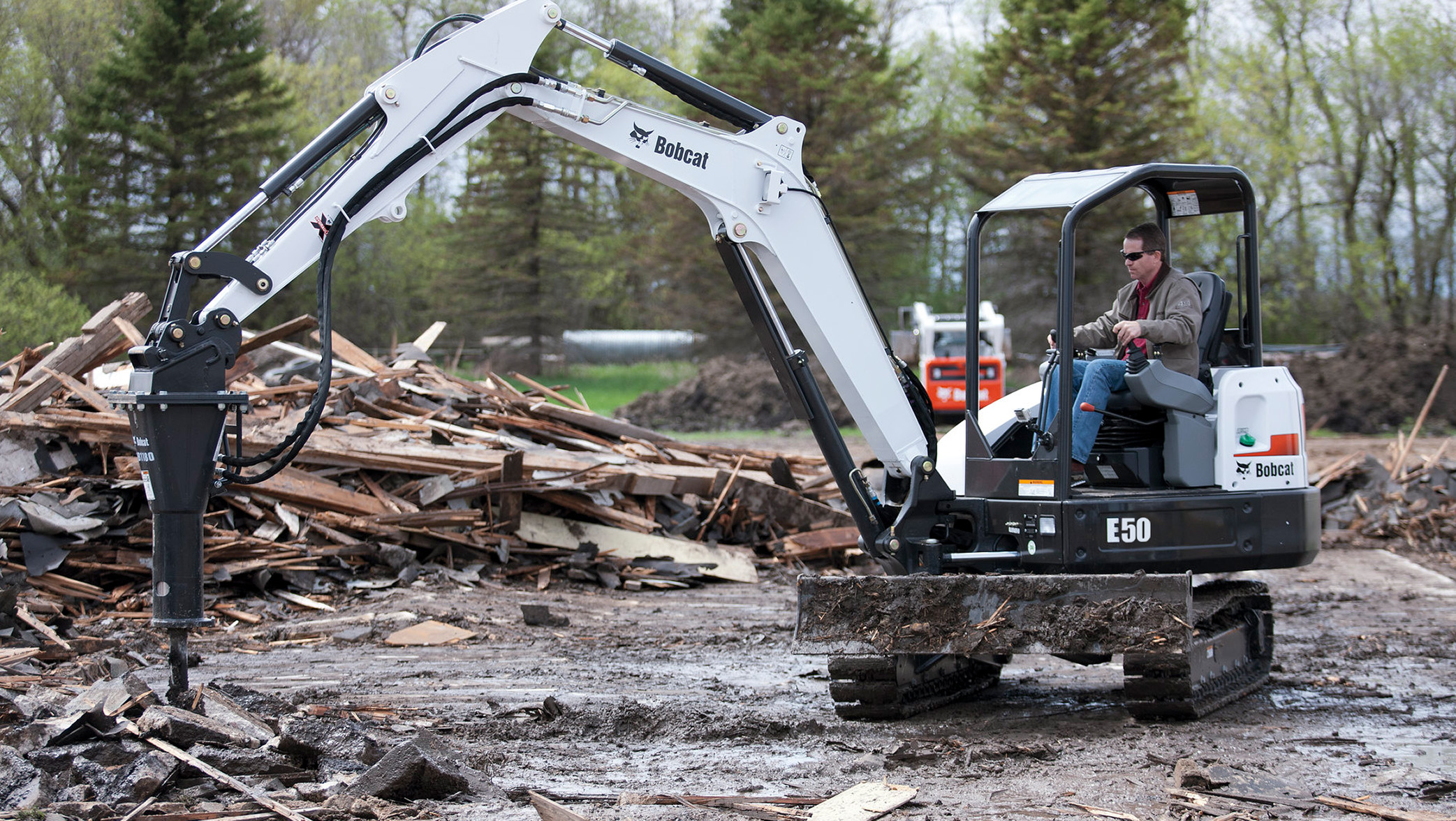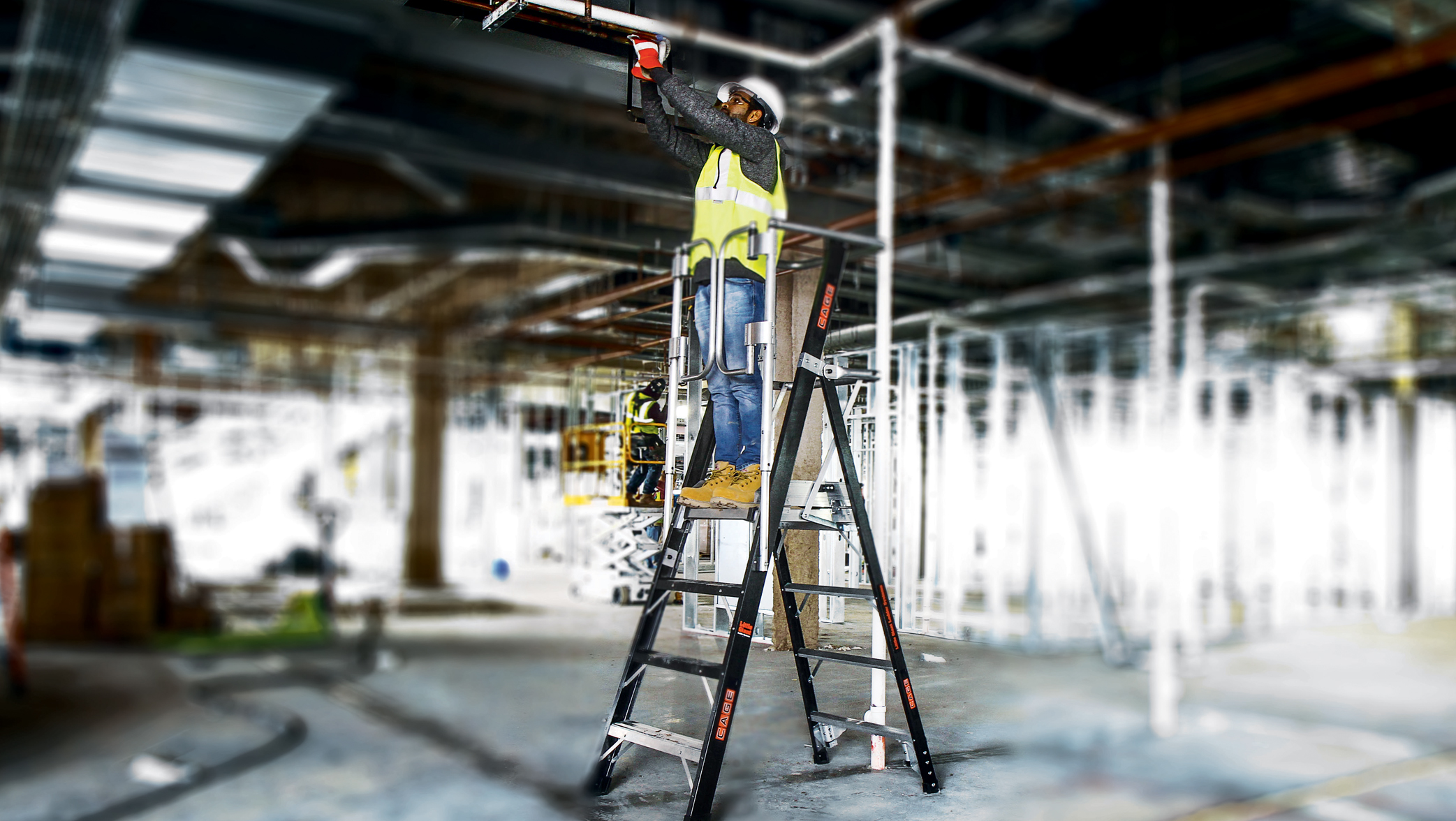A lack of sleep can be disastrous for professional drivers and other motorists who share the road with them, according to studies by the National Highway Transportation Safety Administration (NHTSA) and the Harvard School of Medicine.
“It’s estimated that up to 20% of all large truck crashes are due to drowsy or fatigued driving, which would account for almost 9,000 fatalities and up to 220,000 serious injuries,” said Stefanos Kales, a professor of medicine at Harvard Medical School and professor and program director of the Occupational Medicine Residency at the Harvard T.H. Chan School of Public Health (HSPH).
In another recent study, the NHTSA says about 90,000 police-reported crashes involved drowsy drivers, leading to an estimated 50,000 injuries and nearly 800 deaths yearly.
And it might be getting worse.
With the continued shortage of professional drivers across North America and consumers buying more products online than ever before, many drivers are taking on more work and getting less sleep — some less than five hours each night. This, experts say, puts them, other motorists and pedestrians in peril.
Thankfully, there are solutions to sleep deprivation ranging from lifestyle changes to sleep technology apps drivers can employ and use to ensure they don’t fall asleep at the wheel.
“Getting adequate sleep on a daily basis is the only true way to protect yourself against the risks of driving when you’re drowsy,” according to the NHTSA. Experts urge drivers to make it a priority to get seven to eight hours of sleep per night.
Other NHTSA tips include:
- Checking prescription and over-the-counter medication labels to see if drowsiness could result from their use.
- If possible, avoid driving during the peak sleepiness periods (midnight – 6 a.m. and late afternoon). If you must drive during the peak sleepiness periods, stay vigilant for signs of drowsiness, such as crossing over roadway lines or hitting a rumble strip, especially if you’re driving alone.
- Coffee and energy drinks aren’t enough. They might help you feel more alert, but the effects last only a short time, and you might not be as alert as you think you are. If you drink coffee and are seriously sleep-deprived, you still may have “micro sleeps” or brief losses of consciousness that can last for four or five seconds. This means that at 55 miles per hour, you’ve traveled more than 100 yards down the road while asleep. That’s plenty of time to cause a crash.
- If you start to get sleepy while you’re driving, drink one to two cups of coffee and pull over for a short 20-minute nap in a safe place, such as a lighted, designated rest stop. This has been shown to increase alertness in scientific studies, but only for short time periods.
Sleep experts at Slumber Yard, an online resource for mattress reviews, also put together the Guide to Better Sleep for Truck Driver Safety. This guide details the dangers of sleep deprivation in truck drivers, how poor sleep habits can lead to specific health issues such as obesity, a weakened immune system, stress, depression and anxiety, as well as ways to combat sleep deprivation and fatigue.
The guide also offers some insightful ways drivers can get a better sleep in their cabs, what to avoid before bedtime, and a series of apps drivers can use to sleep better before hitting the road (White Noise, Calm and Pzizz) and apps to prevent them from dozing off on it (Drive Awake, Stay Awake and Anti-Sleep Alarm).
Herc Rentals encourages all our professional drivers and professional drivers everywhere to check out these sites and apps. Together, we can make our roads safer for everyone.


